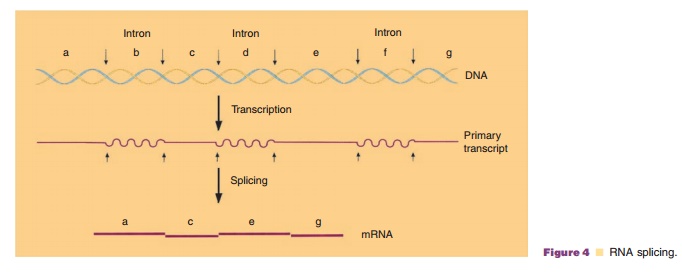Chapter: Pharmaceutical Biotechnology: Fundamentals and Applications : Molecular Biotechnology
Gene Expression
GENE
EXPRESSION
Genetic information, chemically determined by the DNA structure, is
transferred during cell division to daughter cells by DNA replication and is
expressed by transcription (conversion of DNA into RNA) followed by translation
(conversion of RNA into protein). This set of processes is found in all cells
and proceeds generally in similar ways. It is one of the main unifying concepts
in cell biology. The pioneers of molecular biology called that series of events
the “central dogma” of biology. It was found later that retroviruses, a special
class of animal RNA viruses, encode an enzyme that catalyzes the conversion of
RNA into complementary DNA. This enzyme, called the reverse transcriptase since
it directs, so to say, the reverse of the transcription, therefore enables an information
flow from RNA into DNA. Reverse transcriptase became, as will be shown later, a
very important tool for DNA technology.
The various DNA linked processes are schema-tically depicted below:
DNA < - > RNA < - > protein
The “central dogma” was based on investigations done with bacteria and
viruses. Later it was found that in eukaryotic organisms many genes are
expressed differently from what was predicted by the dogma in the strict sense.
In some cases the RNA derived by transcription of an eukaryotic DNA segment is
subject to a process called splicing before it leaves the nucleus. During this
process certain parts, the so-called introns, of the nascent RNA molecules are
removed, after which the other parts (the exons) are linked together and form
the effective RNA for the protein synthesis (Fig. 4).

Furthermore, it is important to realize that a nascent protein, the direct result of the translation, is not necessarily identical to the protein functional in the cell as
enzyme or structural protein. Most proteins as we find them in the cell are
modified by post-translational events. Nascent polypeptides are, for example,
trimmed by peptidases; in some cases lipidic groups are linked to the protein,
while in eukaryotic cells modification through linking of sugar groups
(glycosylation) is a common event. Such post-translational modifications are
important features with regard to the specific function of the protein.
Precise knowledge of the information flow in the cell is very important
for biotechnology, since it offers possibilities to control cellular processes
at the level of gene expression. Therefore, the essentials of elements and
processes involved in the flow of genetic information will be described below.
Related Topics